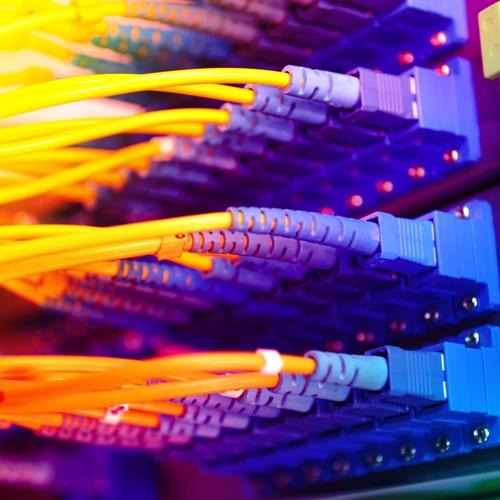Stream Data Centers recently receive Tier III certification for the facility design of their Minnesota data center in Chaska. The company launched construction of the structure last year, and will begin offering client space in April.
In addition to aligning data center construction practices with Tier III standards, Stream also utilized LEED design strategies during the build. Paul Moser, Stream Data Centers co-managing partner, said the organization is focused on providing purpose built, enterprise quality facility space and the market is responding favorably to the company’s offerings.
“The time and resources spent to certify the design of this data center as Tier III by the Uptime Institute demonstrates our commitment to build and operate highly redundant, mission critical facilities for our clients,” Moser said.
The 75,675 square foot Minnesota data center features three private data center suites with individual disaster recovery systems and office space. Client space also includes redundant private telecommunications rooms and independent power and cooling infrastructure. Each private customer area has the capacity to deliver 1,200 kilowatts of critical power load, with the potential to expand power and cooling systems for 2,400 kilowatts depending on client needs.
The facility has a 10,000 square foot raised floor private data hall as well as 2N electrical and N+1 mechanical configuration components. Overall, the Minnesota data center was designed to provide 100 percent uptime leveraging fully redundant systems for service reliability.
Stream Data Centers chose Chaska, located approximately 26 miles southeast of Minneapolis due to a number of local benefits, including data center tax incentives like sales abatements for computing, cooling and power technologies. Minnesota also makes a property tax benefit available for clients utilizing data center space in the state. Additionally, the region has several nearby fiber vendors, allowing for private client resources in each suite. The state also boasts cost-efficient electricity, with power costs 23 percent lower than the U.S. average.




